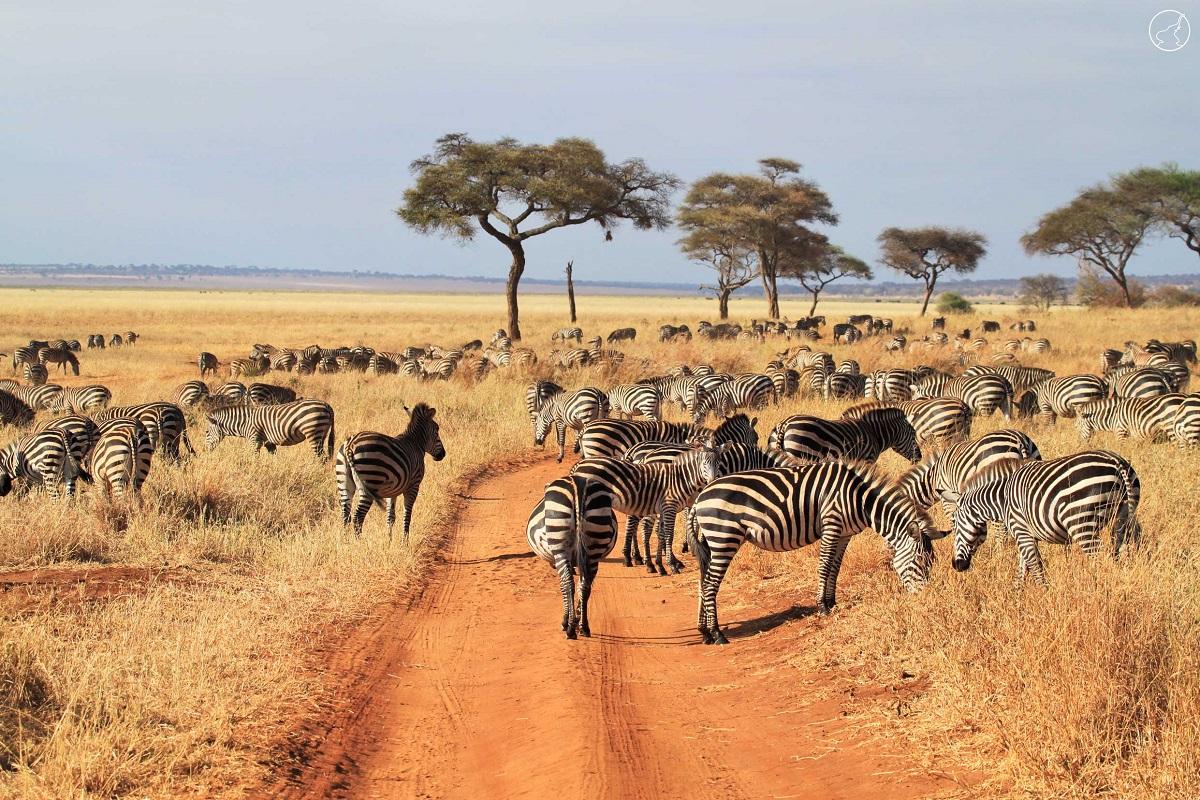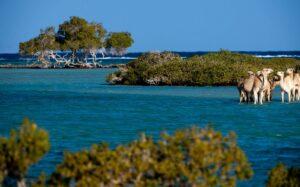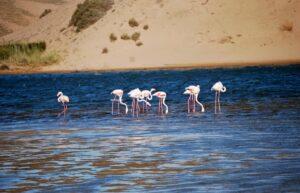Tarangire National Park is a hidden gem often overshadowed by its more famous neighbors, such as Serengeti and Ngorongoro Crater. Covering an area of about 2,850 square kilometers, the park is named after the Tarangire River, which serves as a lifeline for the diverse wildlife, particularly during the dry season.
This river draws in thousands of animals, making Tarangire one of the best places in Tanzania to witness large herds of elephants, as well as zebra, wildebeest, and buffalo. Its distinct landscape, characterized by rolling hills, baobab trees, and open savannah, offers visitors stunning vistas and a more tranquil safari experience compared to the busier parks.
Tarangire remains relatively quieter, making it an ideal destination for those seeking an immersive, less-crowded wildlife encounter. With its rich biodiversity, unique scenery, and seasonal wildlife concentrations, Tarangire National Park is a must-visit for anyone exploring Tanzania’s natural wonders.
Please Download Our Mobile App here.
Overview of Tarangire National Park
Tarangire National Park is situated in Tanzania’s Manyara Region and is part of the country’s famous northern safari circuit. Despite being smaller than the Serengeti, Tarangire offers diverse ecosystems, including acacia woodlands, riverine forests and swamps.
The Tarangire River becomes a crucial water source during the dry season, drawing animals from the surrounding areas and creating one of the highest concentrations of wildlife outside the Serengeti ecosystem. The park’s landscapes are particularly known for the iconic baobab trees that dot the savannah, adding to its scenic beauty.
Wildlife in Tarangire National Park
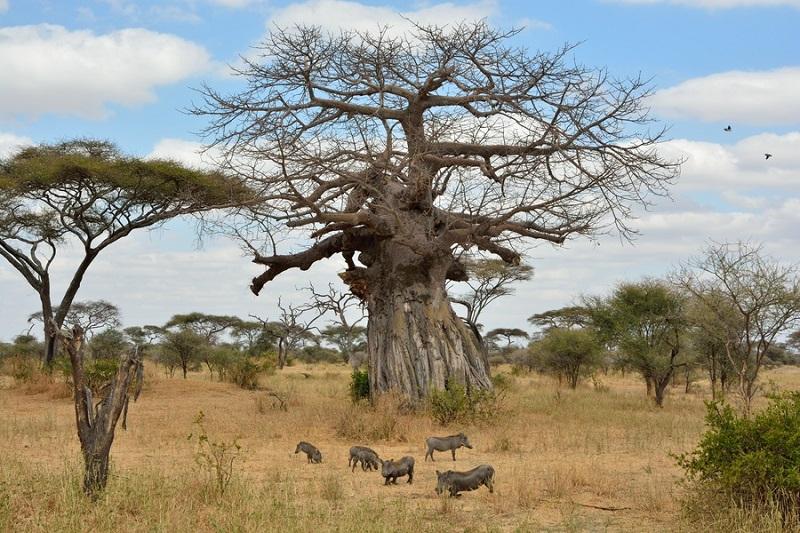
Tarangire National Park is renowned for its large elephant population, with herds numbering in the hundreds, especially during the dry season. Elephants gather around the Tarangire River and its wetlands to drink and feed, creating spectacular sightings. Alongside elephants, visitors will see vast numbers of zebra, wildebeest, and buffalo, which also congregate near water sources.
These herbivores attract a range of predators, including lions, leopards, and cheetahs, making it a great location for predator-prey interactions. The park is also home to unique species such as the greater kudu, fringe-eared oryx and the rare, long-necked gerenuk. Birdwatchers will find Tarangire a haven, with over 500 bird species recorded, including the Kori bustard, the world’s heaviest flying bird and the colorful yellow-collared lovebird.
Best Time to Visit Tarangire National Park
The best time to visit Tarangire National Park is during the dry season, from June to October. During these months, animals congregate around the Tarangire River, making wildlife viewing easier and more dramatic. The rainy season, from November to May, sees the dispersal of animals throughout the park and surrounding areas, but this time also offers lush landscapes and is excellent for birdwatching.
Getting to Tarangire National Park
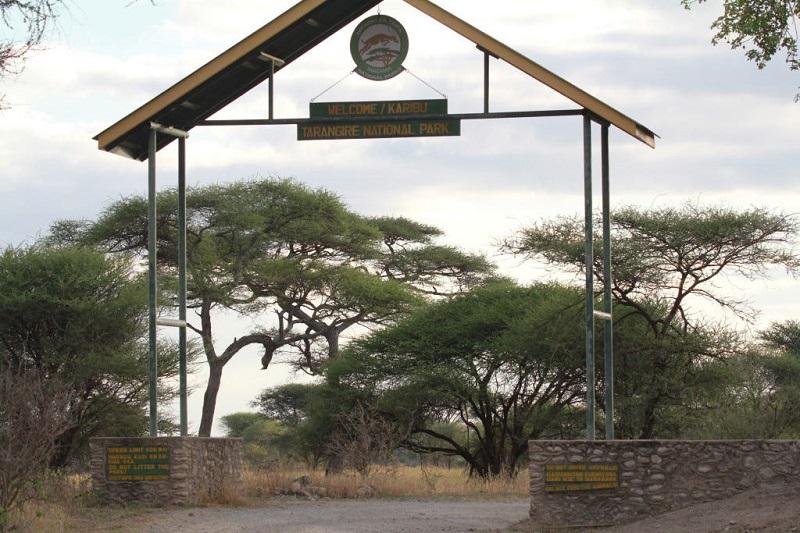
Tarangire National Park is about 120 kilometers southwest of Arusha, the starting point for most northern Tanzania safaris. The drive from Arusha takes roughly two hours by road.
Many visitors include Tarangire as part of a multi-day safari, often combining it with other northern circuit parks like Lake Manyara, Ngorongoro Crater and Serengeti. Alternatively, charter flights are available from Arusha and other major airstrips in Tanzania, providing quick access to the park.
Other Activities in Tarangire National Park
In addition to game drives, Tarangire offers walking safaris, allowing visitors to explore the park on foot under the guidance of a trained ranger. These walks provide an intimate view of the park’s ecosystems and offer a closer look at its flora and smaller fauna.
Visitors can also enjoy night game drives, which are not available in all Tanzanian parks, giving them a chance to spot nocturnal species such as porcupines, civets, and owls.
Park Fees for Tarangire National Park
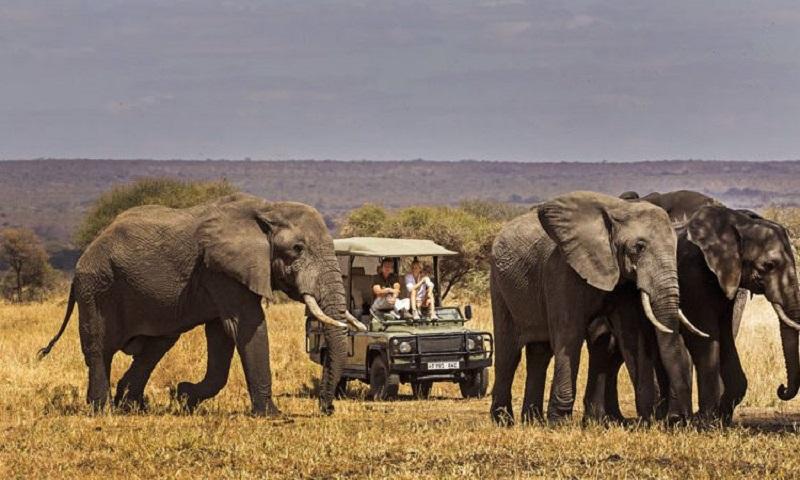
As of 2024, the entrance fees for Tarangire National Park are as follows:
- Foreign Visitors (Adults): $50 per person per day
- Foreign Visitors (Children): $15 per person per day
- Tanzanian Residents (Adults): $10 per person per day
- Tanzanian Residents (Children): $5 per person per day
Additional costs may apply for guided safaris, walking tours, and other activities.
FAQs: Touring Tarangire National Park
Do I Need a Car to Tour the Park?
Yes, a vehicle is necessary for touring Tarangire National Park, as the vast area is best explored through game drives. Many safari operators offer guided drives, and 4×4 vehicles are recommended for navigating the terrain.
Are Unguided Walks Allowed in the Park?
No, unguided walks are not allowed in Tarangire National Park. Walking safaris are available but must be conducted with a trained ranger for safety.
How Much is a Game Drive in the Park?
Game drives in Tarangire typically cost between $50 and $100 per person, depending on the operator and length of the drive.
Conclusion
Tarangire National Park offers visitors a chance to experience Tanzania’s rich wildlife in a more secluded setting. With its striking landscapes, diverse animal species, and unique activities, it is an ideal destination for safari lovers seeking both adventure and tranquillity.
